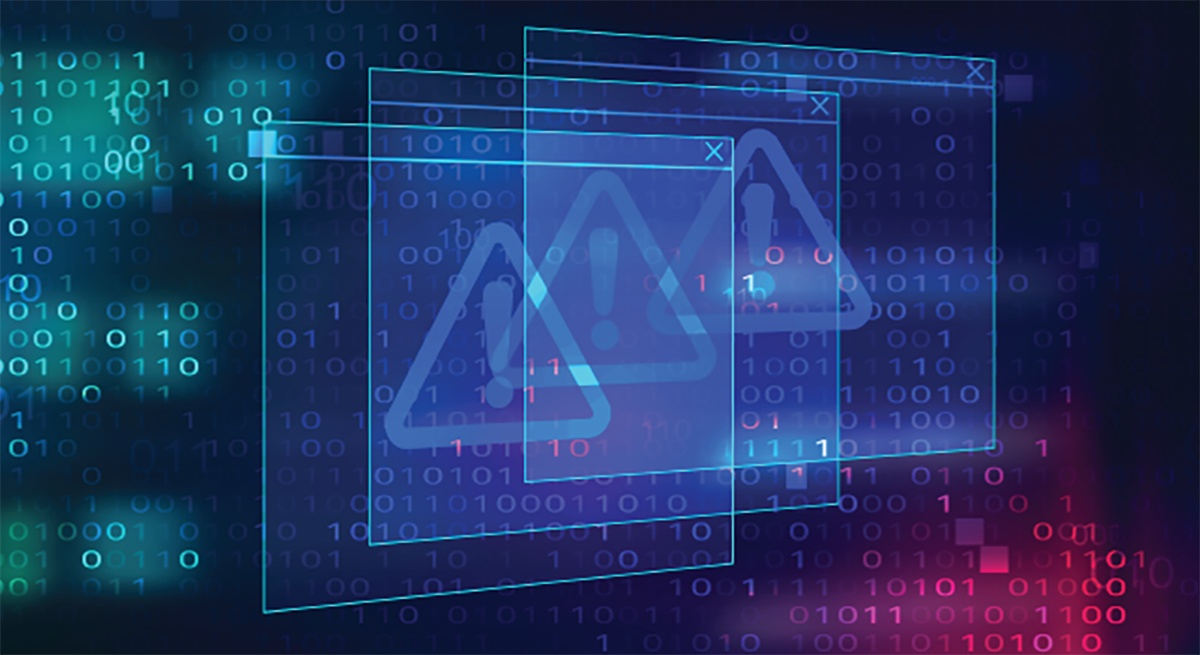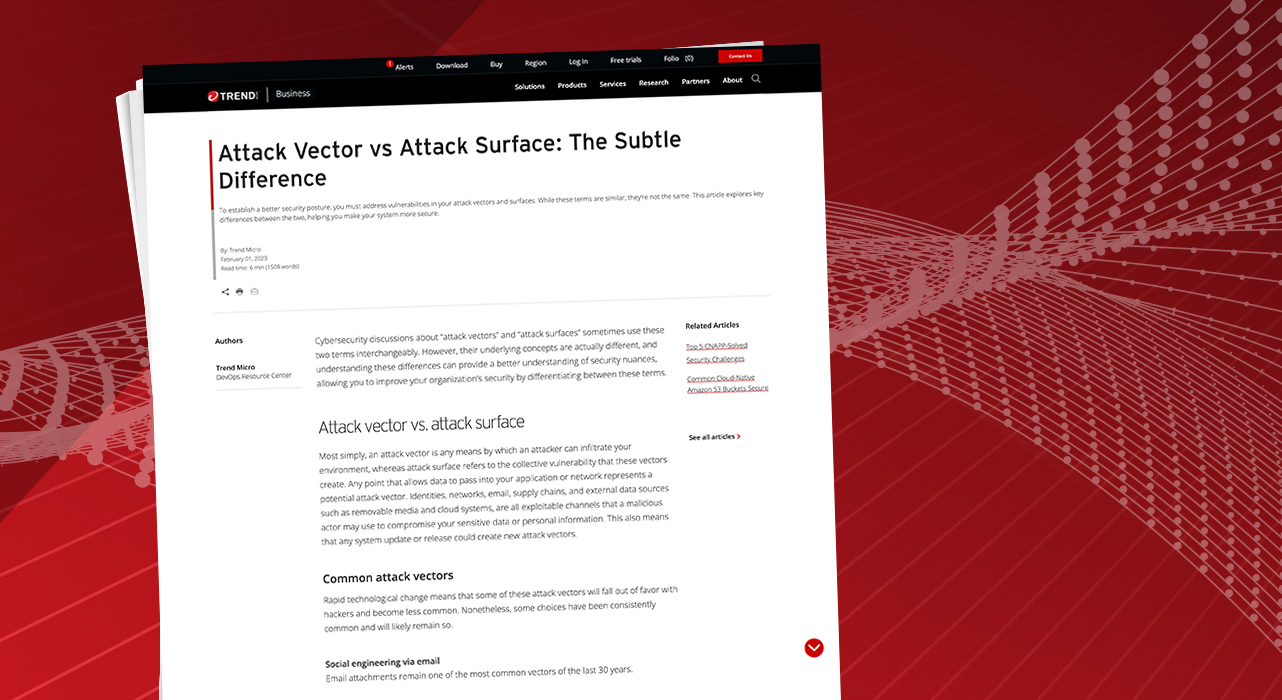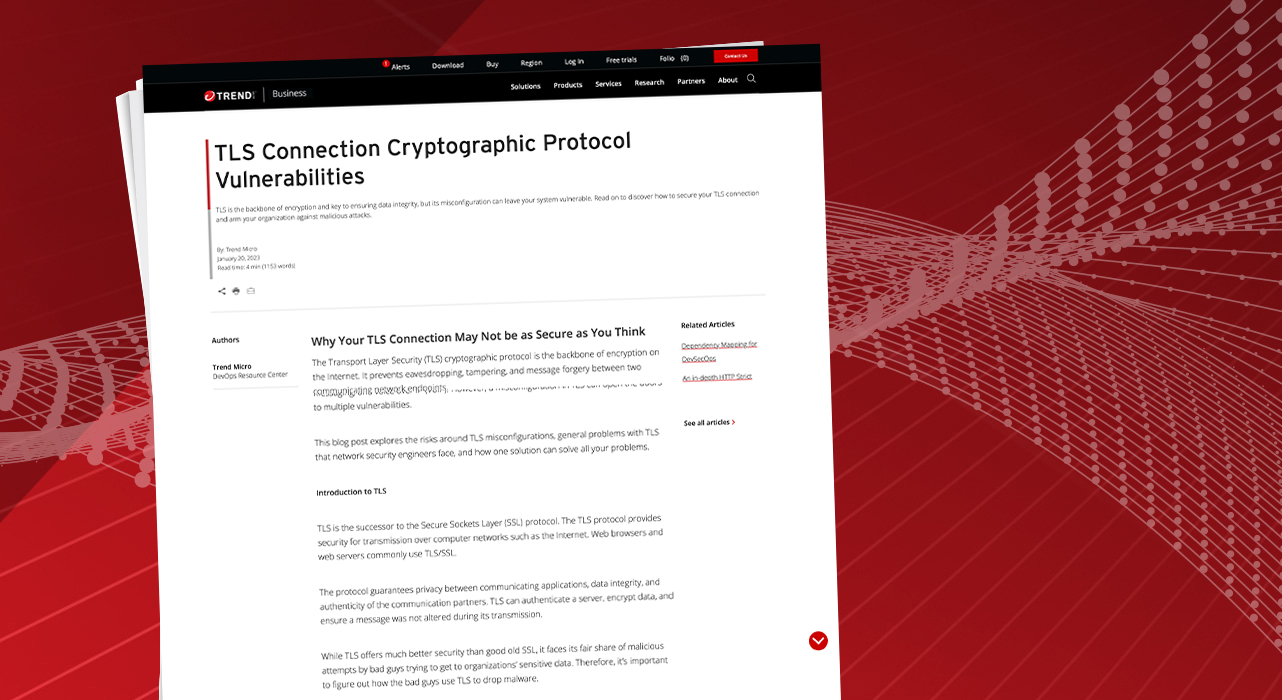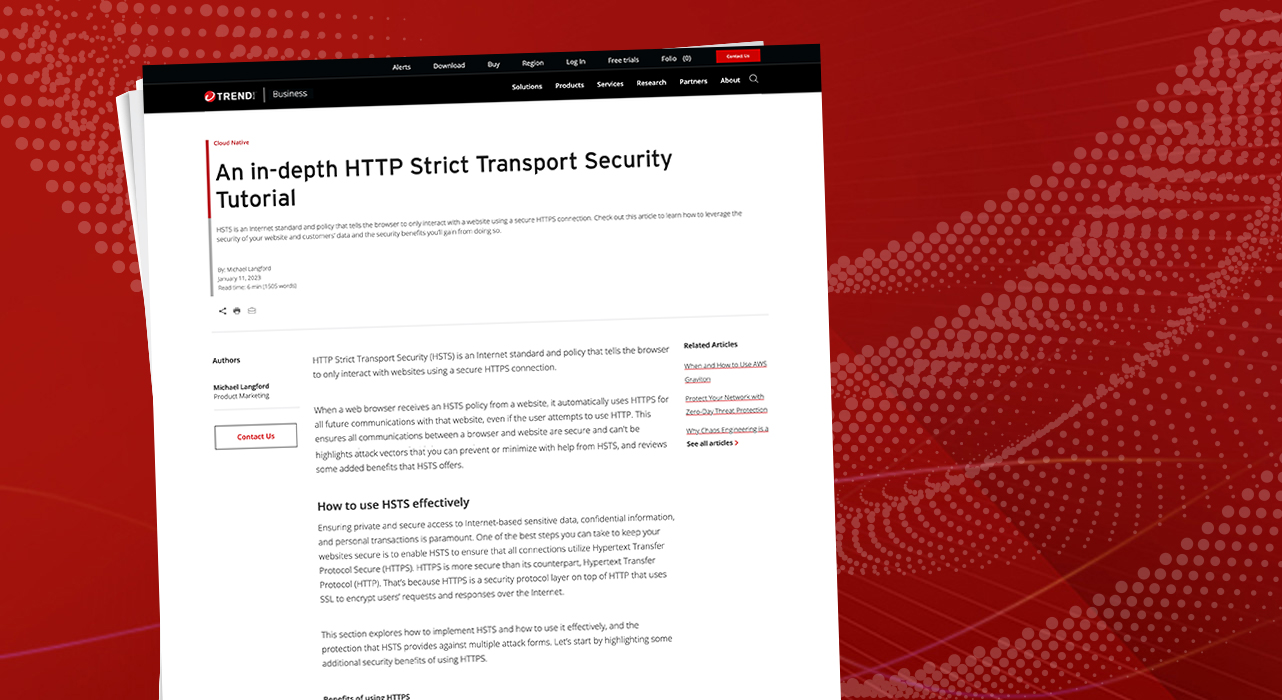A Cybersecurity Risk Assessment Guide for Leaders
Now more than ever, keeping your cyber risk in check is crucial. In the first half of 2022’s Cyber Risk Index, 85% of the survey’s 4,100 global respondents said it’s somewhat to very likely they will experience a cyber attack in the next 12 months. And 90% admitted they suffered at least one successful cyber attack in the past 12 months. Avoiding a breach is not always possible—especially since business and cybersecurity objectives are rarely…
Read More










